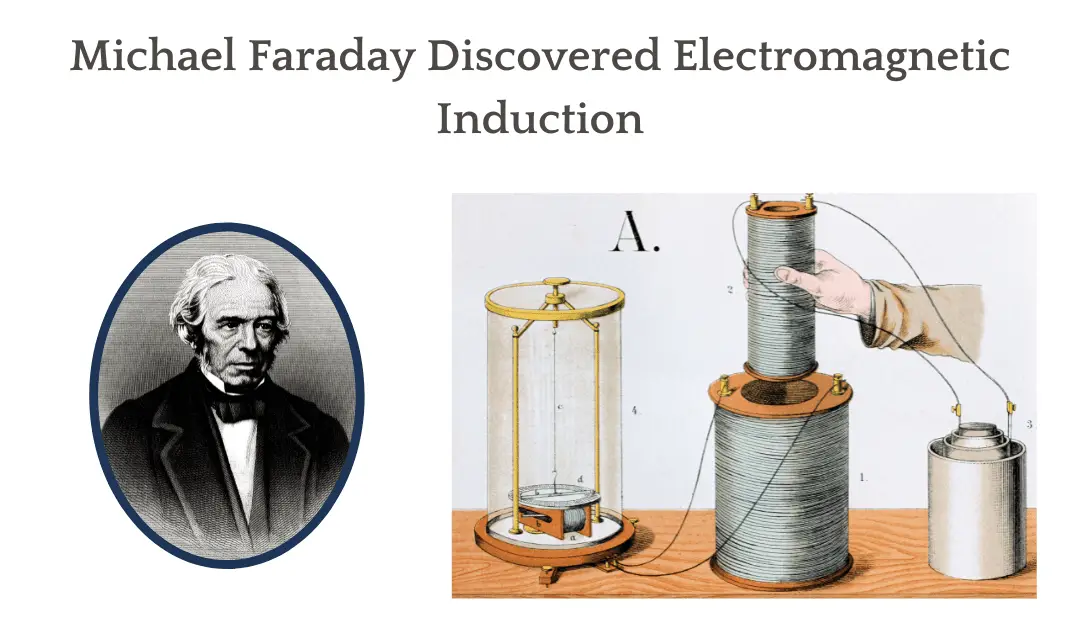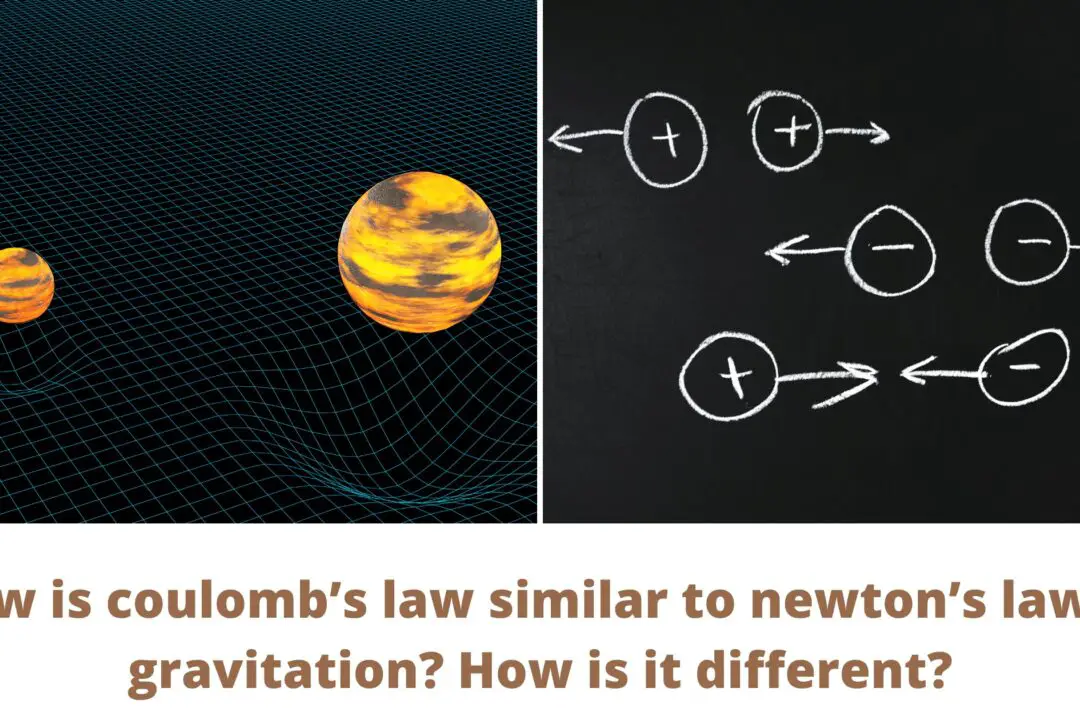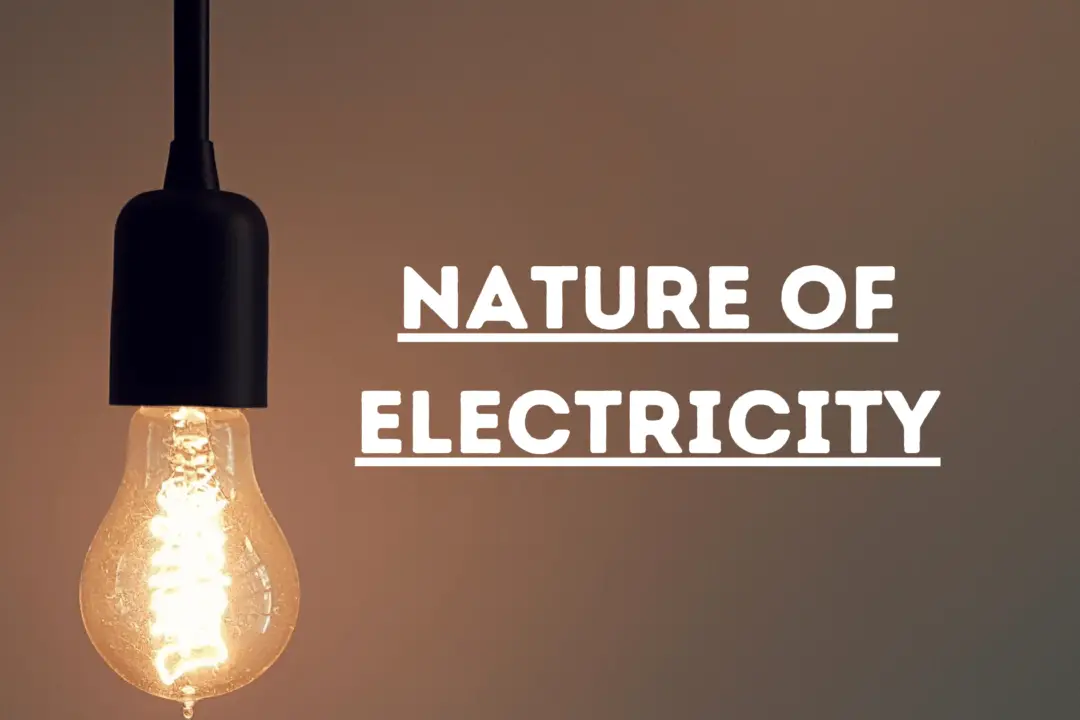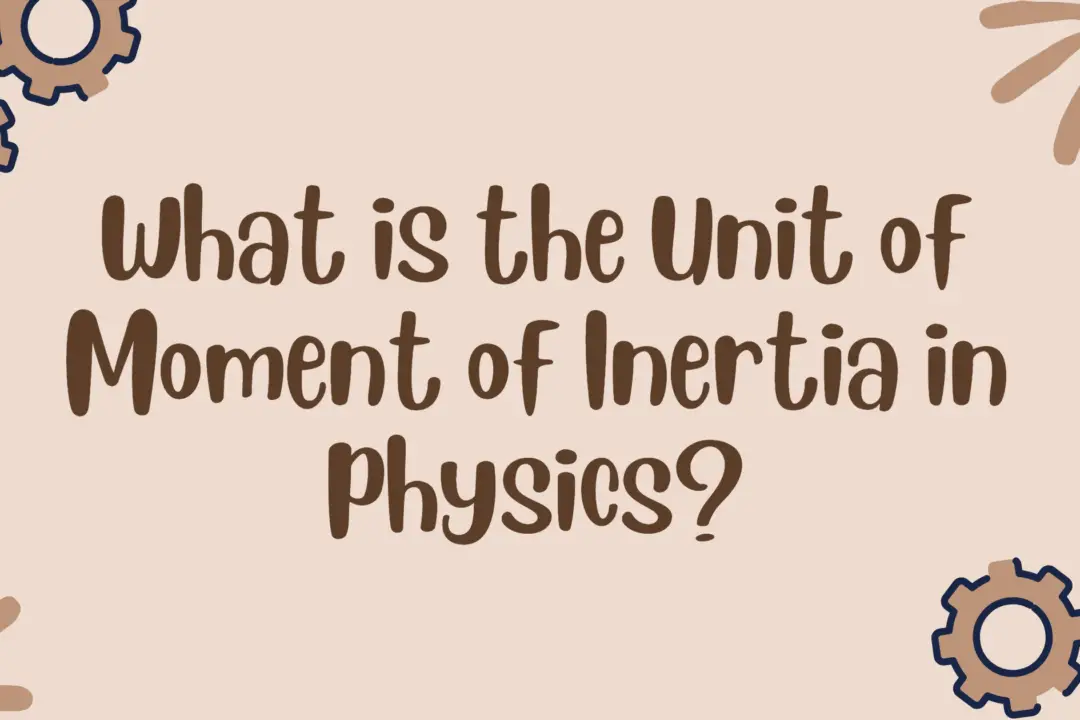The unit of reactance is: [PMT/NEET-2003]
a. Ohm
b. Volt
c. Mho
d. Newton
Answer
The correct answer is: a. Ohm
Explanation
Reactance is the opposition offered by an inductor or capacitor to the flow of alternating current (AC).
- Just like resistance in DC circuits, reactance also limits current but in AC circuits, and it depends on frequency.
- Inductive reactance is given by:
$ X_L = \omega L = 2\pi fL $ - Capacitive reactance is given by:
$ X_C = \frac{1}{\omega C} = \frac{1}{2\pi fC} $
In both cases, the dimension of reactance is the same as resistance.
$
\text{Unit of reactance} = \frac{\text{Volt}}{\text{Ampere}} = \text{Ohm} \ (\Omega)
$
Why not the other options?
- Volt: Unit of potential difference, not opposition to current.
- Mho: Unit of conductance (reciprocal of resistance).
- Newton: Unit of force, unrelated to electric circuits.
Thus, reactance is expressed in ohms (Ω).
How inductive reactance has a unit equal to volt/ampere
For $X_L = \omega L$:
$
[\omega] = s^{-1}, \quad [L] = \frac{V \cdot s}{A}
$
So,
$
[X_L] = s^{-1} \times \frac{V \cdot s}{A} = \frac{V}{A} = \Omega
$
Hence, $X_L$ has unit volt/ampere (ohm).
How capacitive reactance has a unit equal to volt/ampere
For capacitive reactance
$
X_C = \frac{1}{\omega C}
$
- $[\omega] = s^{-1}$
- $[C] = \text{Farad} = \frac{Coulomb}{Volt} = \frac{A \cdot s}{V}$
So,
$
[\omega C] = s^{-1} \times \frac{A \cdot s}{V} = \frac{A}{V}
$
Hence,
$
[X_C] = \frac{1}{\omega C} = \frac{V}{A} = \Omega
$
Thus, capacitive reactance also has the unit volt/ampere (ohm).






